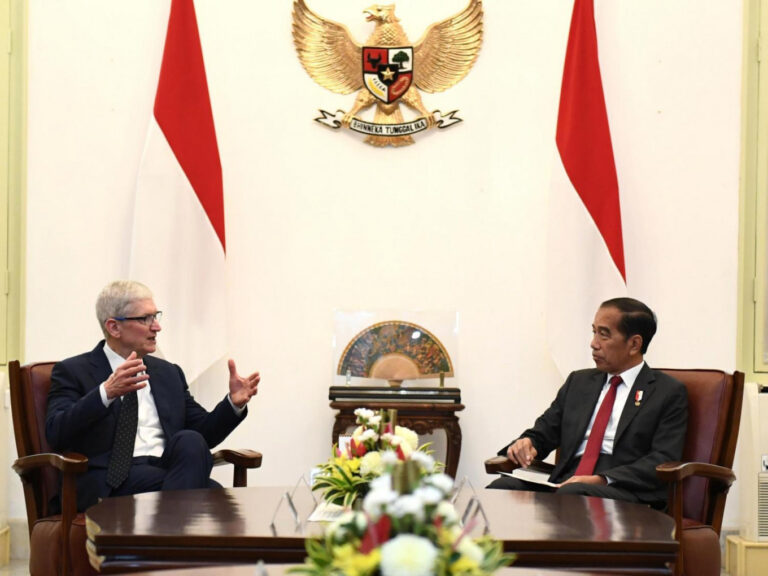ndonesia faces significant hurdles in becoming a major player in high-tech industries, even among ASEAN member countries. The country lacks a coherent strategy for developing advanced facilities, particularly in semiconductor manufacturing.
Today, competition for investments in Southeast Asia is fiercer than ever, driven by global tech firms seeking new manufacturing sites amid the ongoing United States-China tech rivalry.
Coordinating Economic Minister Airlangga Hartarto recently accused Singapore and Malaysia of using environmental and social concerns to hinder Indonesia’s industrial ambitions. He observed regulatory issues had diverted investors to Malaysia, prompting Jakarta to refocus its efforts on attracting and retaining investments.
Malaysia has already played a significant role in global semiconductor supply chains, contributing around 25 percent to its gross domestic product (GDP) with major investments from companies like Intel and Nvidia.
Singapore, on the other hand, holds 11 percent of the global semiconductor market, emphasizing its crucial role in high-value manufacturing.
In September 2023, Indonesia announced plans to develop its silica industry to kick-start semiconductor manufacturing on Rempang Island near Batam Island, focusing on silicon wafer production crucial for semiconductors.
The country faces challenges, however, due to the absence of a clear semiconductor development strategy, which could impede its ability to attract investment.


